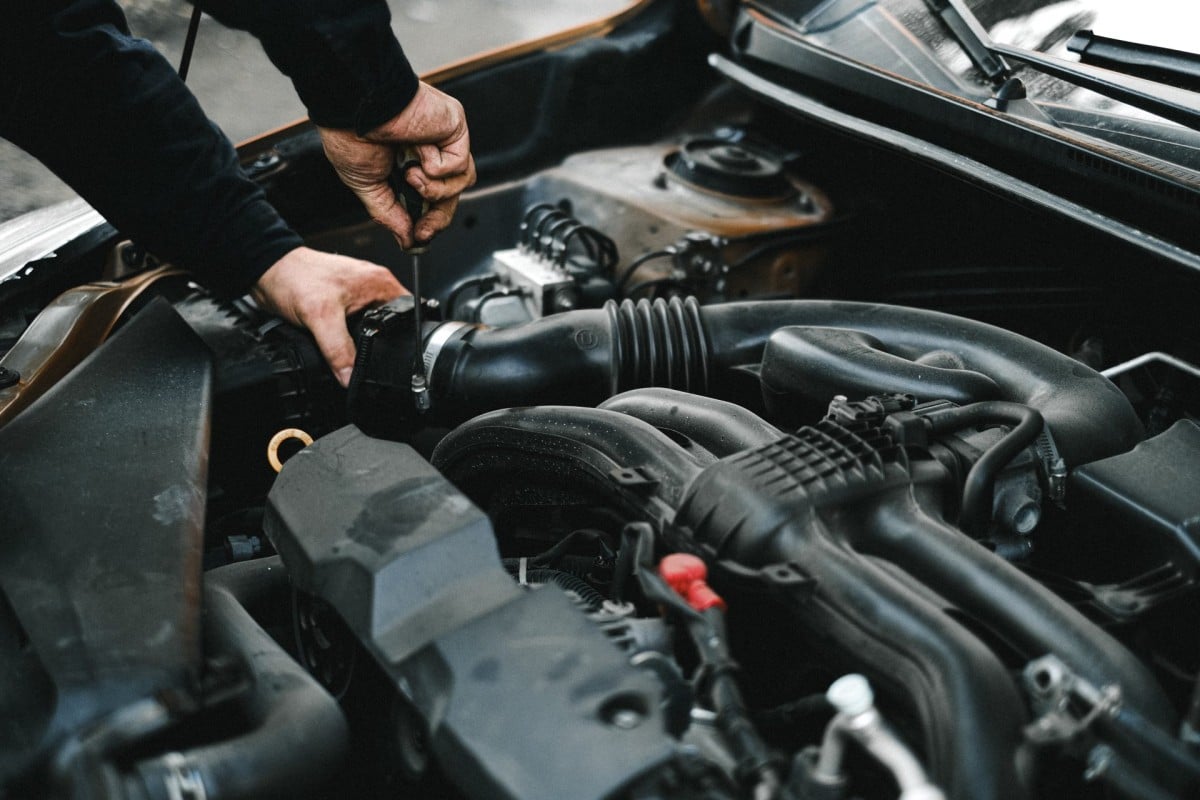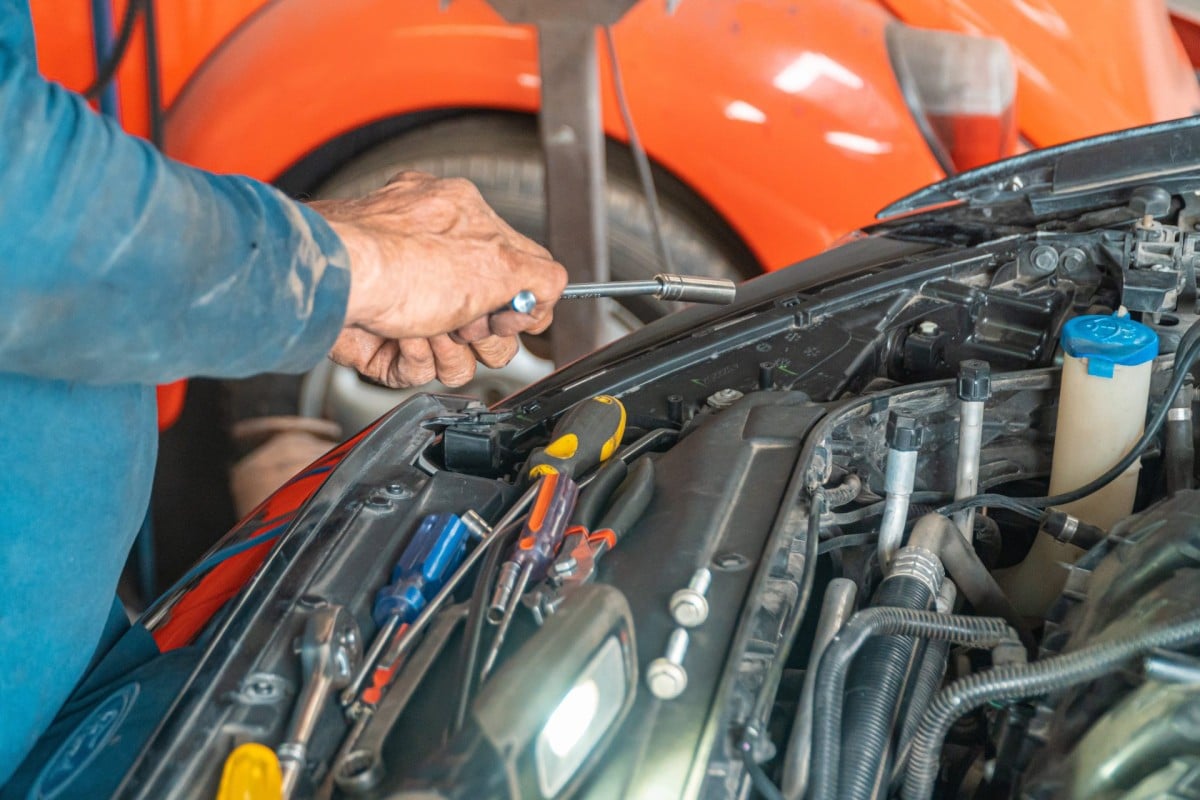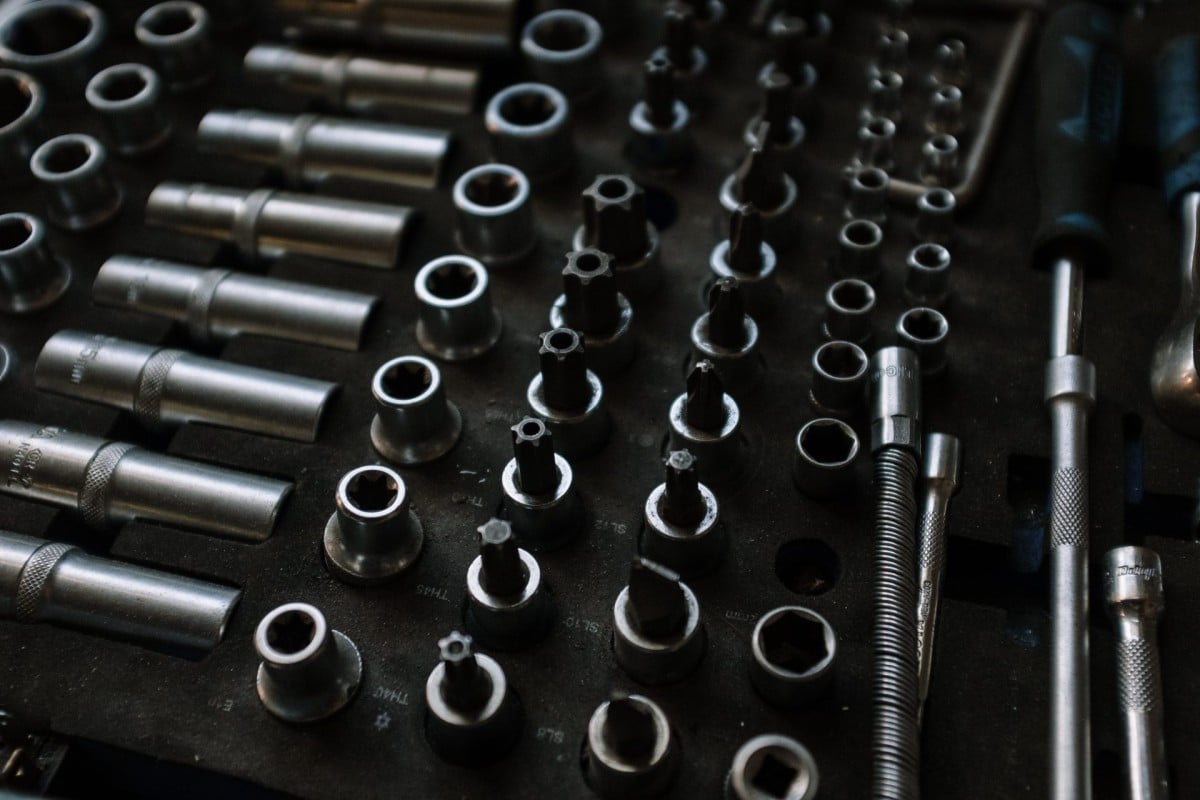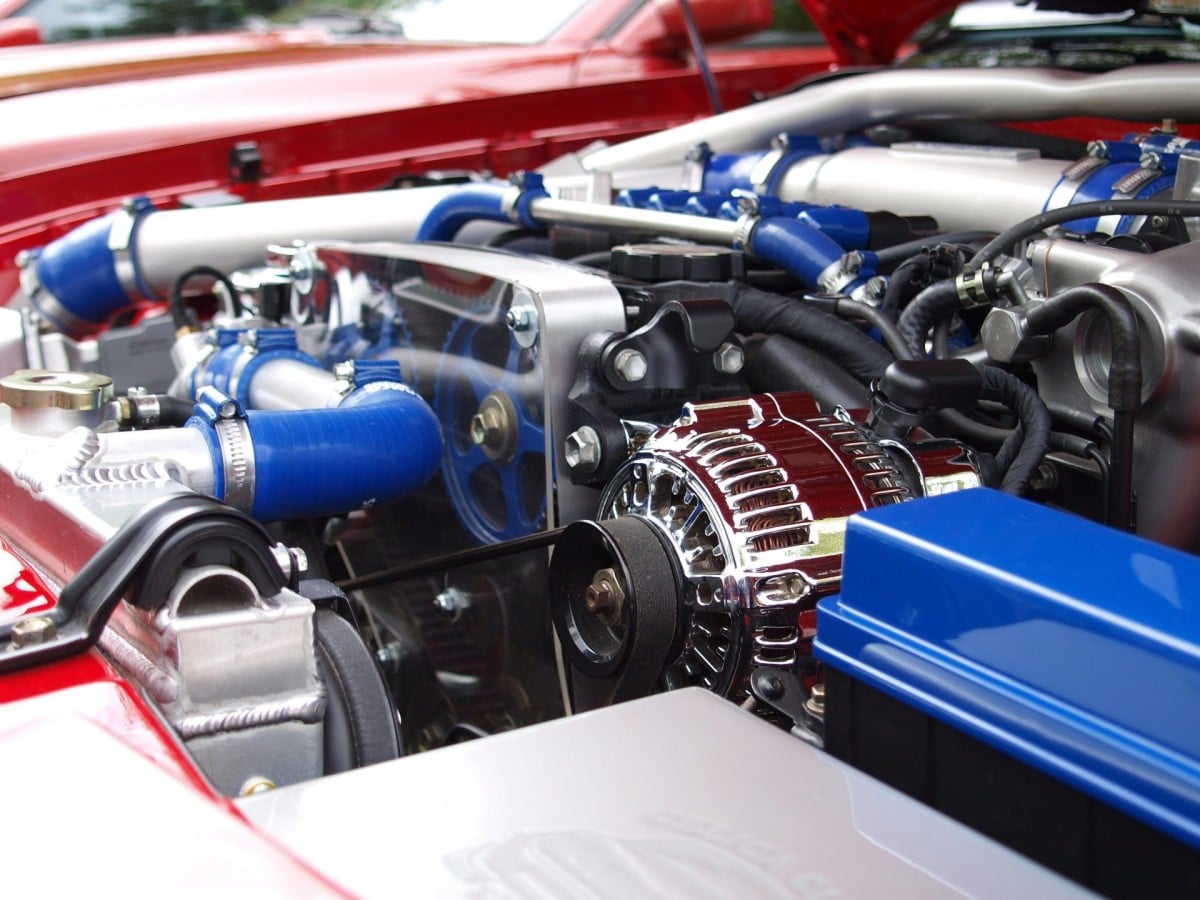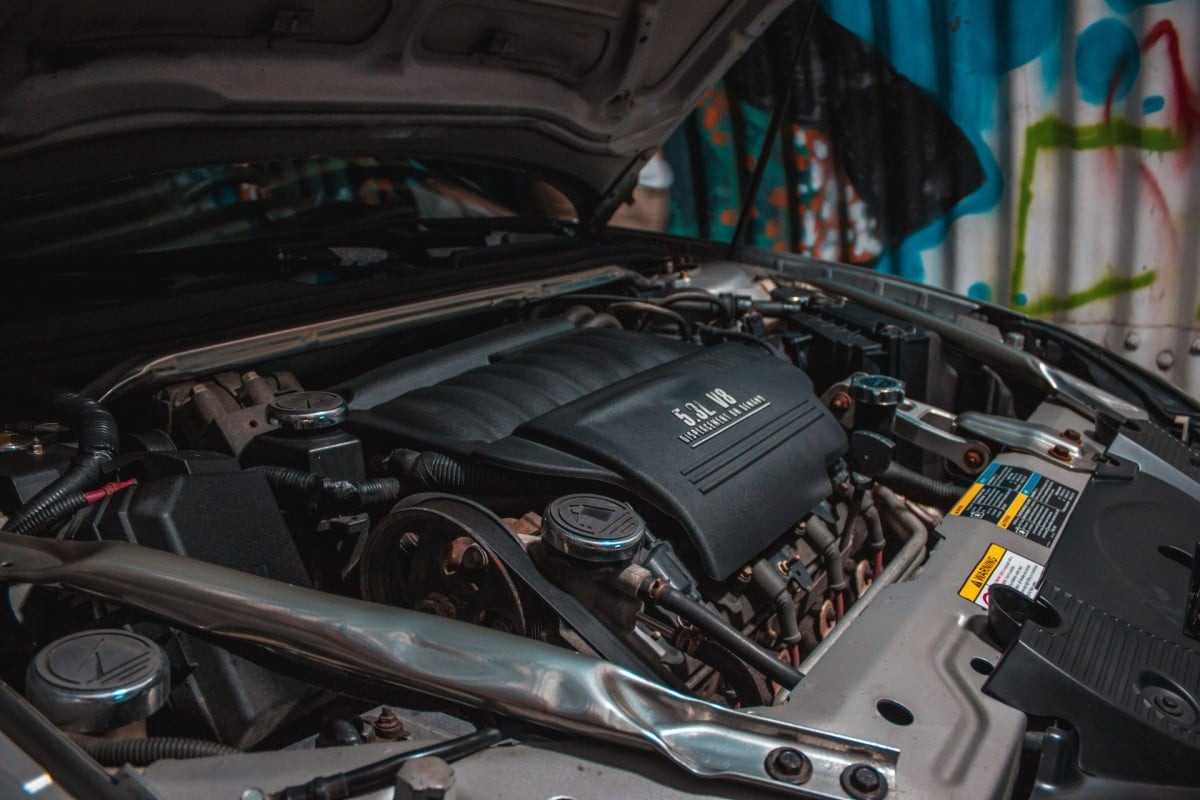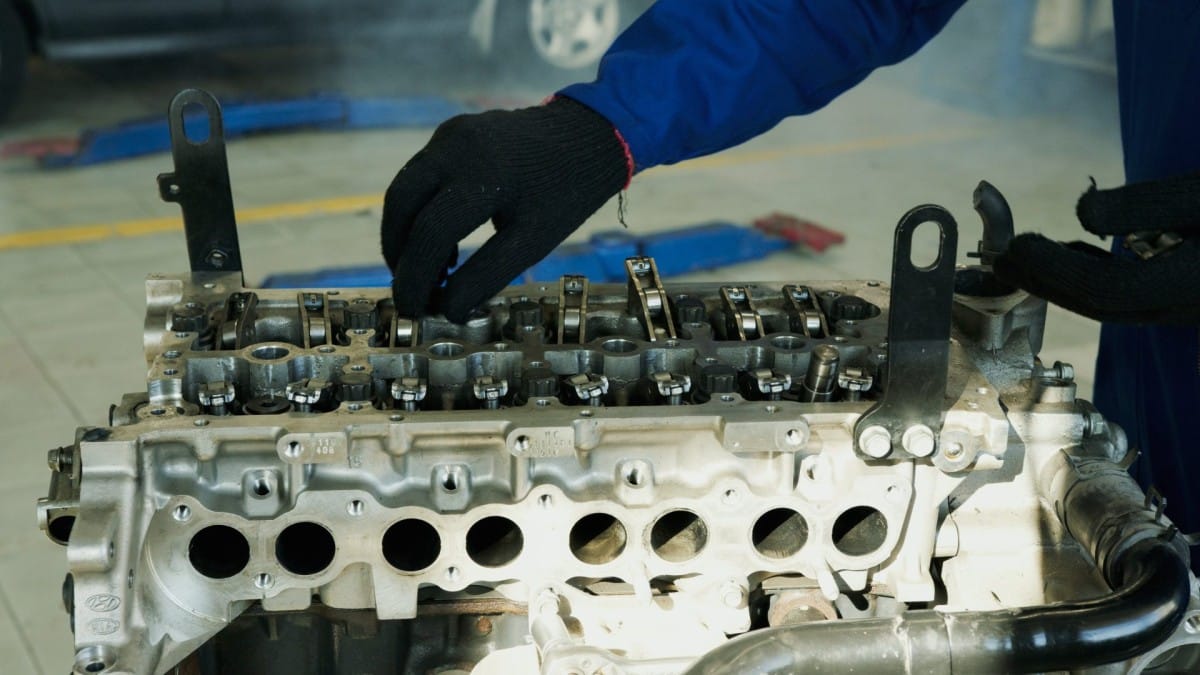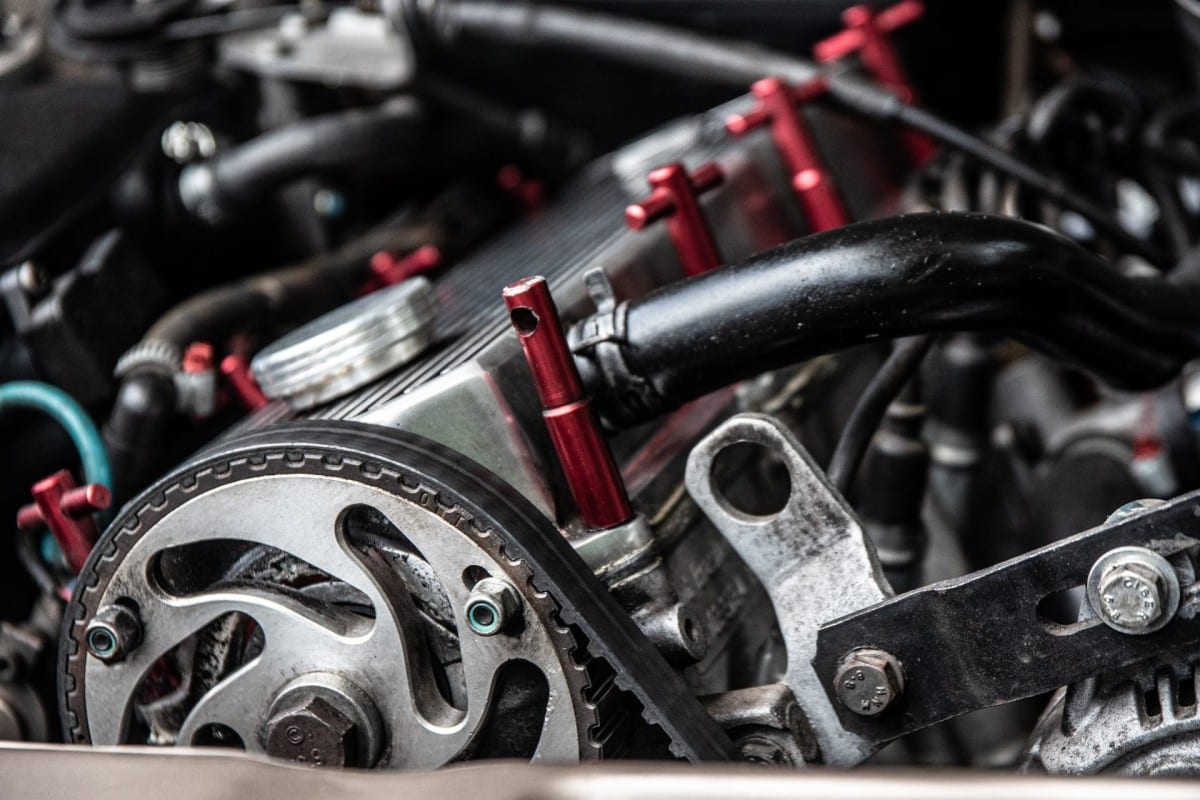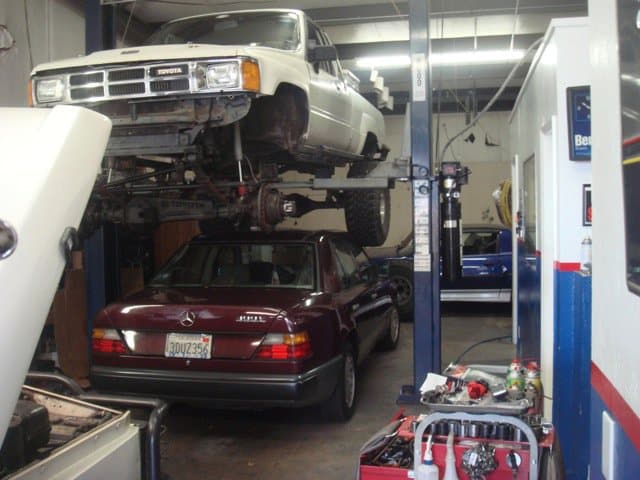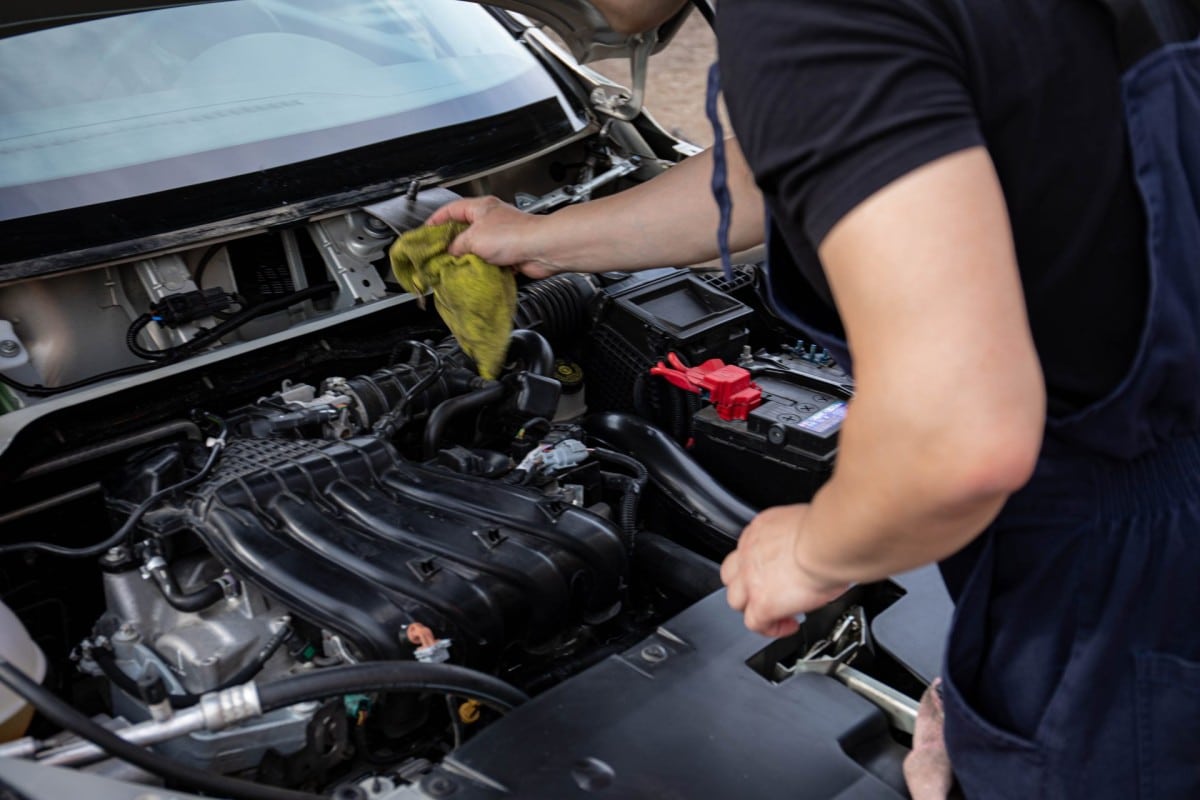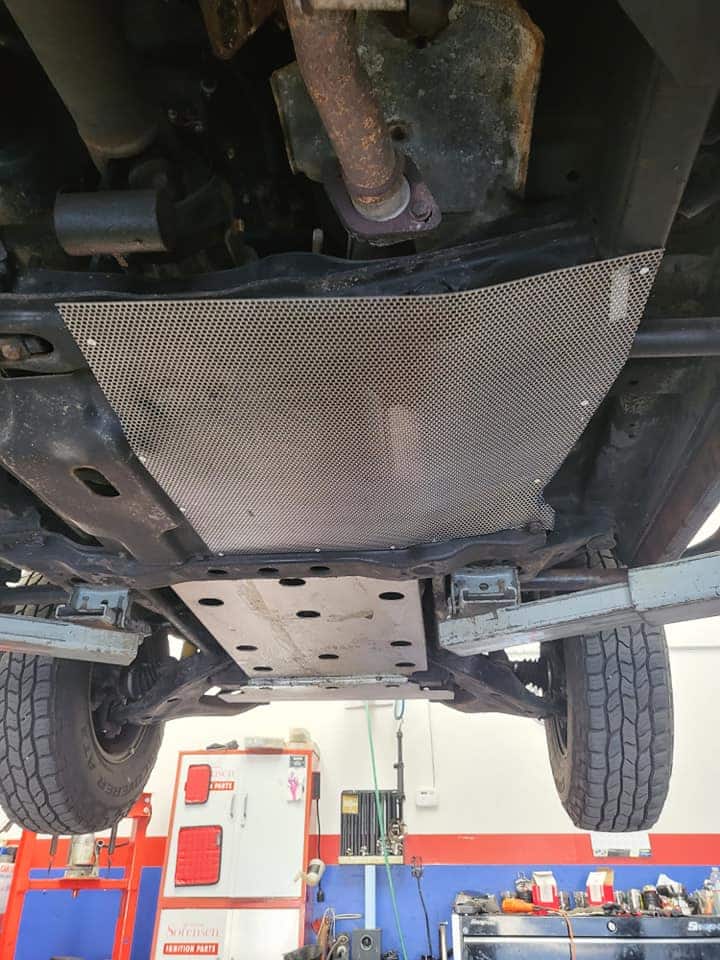When you turn your steering wheel, what exactly is happening under the hood? It's not magic, it's science! Let's dive right in to the world of modern steering systems and understand their different types.
Hydraulic Power Steering
In the not too distant past, most vehicles were equipped with hydraulic power steering systems. These systems utilize a pump, driven by your car's engine, to pressurize hydraulic fluid. This pressurized fluid assists in turning the steering gear, resulting in easier turning of the wheels, especially at low speeds or when stationary.
Take, for example, a sedan like the Honda Accord. In older models, when you turned the wheel, the pump would pressurize fluid and help to turn the gears that maneuver the vehicle. This made parking and tight turns a breeze.
While hydraulic systems are effective, they are not the most efficient. They require a fair amount of energy from the engine, which can negatively affect fuel economy. Additionally, the hydraulic fluid used in these systems needs to be changed regularly to maintain optimal performance.
Electric Power Steering
Electric power steering (EPS) systems are fast becoming the standard in new vehicles. Unlike hydraulic systems, EPS uses an electric motor to assist in steering. When you turn the steering wheel, sensors detect the motion and the level of assistance needed. The computer then controls the electric motor to provide the necessary assistance.
EPS systems are much more efficient than their hydraulic counterparts. They only use energy when steering assistance is needed, which can lead to improved fuel economy. A perfect example is the 2020 Toyota Corolla, which boasts an EPS system that not only reduces fuel consumption but also requires less maintenance as there are no fluids to be replaced.
Electro-Hydraulic Power Steering
Then there is the hybrid of the two – the electro-hydraulic power steering (EHPS) system. EHPS uses an electric motor instead of an engine-driven pump to pressurize the hydraulic fluid. This gives the driver the benefits of both systems: the feel and performance of hydraulic steering with the efficiency of an electric system.
EHPS systems can be found in cars like the Volkswagen Passat, where drivers reap the benefits of both worlds. These systems, while not as common as EPS, have been praised for their balance of performance and efficiency.
Active Steering
The latest development in the world of steering systems is active steering. This technology allows the vehicle's computer to directly control the steering angle of the wheels. This is done using an electric motor and a complex set of gears. Active steering can improve maneuverability at low speeds and stability at high speeds. However, this technology is still in its infancy and is mostly found in high-end vehicles like the BMW 7 Series.
Steering systems have come a long way from the days of manual steering. As technology continues to advance, we can only anticipate what the future holds for steering systems. Whether it's hydraulic, electric, electro-hydraulic, or active, these systems all work to make your driving experience as smooth and efficient as possible.
Remember, no matter the type of steering system in your vehicle, maintenance is key. Regular check-ups and immediate service when you notice any difficulty with your steering can prevent a minor issue from becoming a major problem. So, if you're in Santa Rosa, Sonoma County, or Rohnert Park, don't hesitate to bring your vehicle to us at Sartorial Auto Repairs. We're here to ensure your safety and peace of mind on the road.


